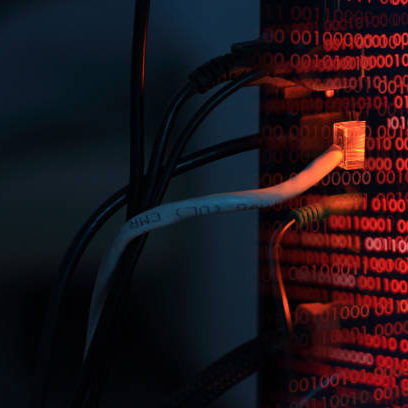risks in the health industry
As the healthcare sector continues to deliver life-critical services while working to improve treatment and patient care with new technologies, criminals and cyber threat actors are looking to exploit the vulnerabilities that are coupled with these changes.
The healthcare industry is plagued with a myriad of cybersecurity-related issues. These issues range from malware that compromises the integrity of systems and patient privacy, to Distributed Denial of Service (DDoS) attacks that disrupt facilities’ ability to provide patient care.
For healthcare, cyberattacks can have ramifications beyond financial loss and privacy breach. Ransomware, for example, is a particularly heinous form of malware for hospitals, as the loss of patient data can put lives at risk.

Ransomware: Malware that infects systems and files, rendering them inaccessible until a ransom is paid. Hospitals are forced to revert to pen and paper, slowing down medical processes.

Information Leakage: Medical information is valuable because criminals can use it to target victims with fraud and scams that take advantage of medical conditions.

Denial of Service: A serious problem for health care providers who need network access to provide adequate patient care or need Internet access to send and receive emails, prescriptions, records and information.

The Insider Threat: The insider has legitimate access to proprietary systems, may have knowledge of network configuration and vulnerabilities, or the ability to obtain such knowledge, better than almost anyone on the outside.

Compromised email: Scammers use a spoofed email or compromised account to trick employees into initiating a money transfer to an alternate (fraudulent) account

Unsafe medical devices and equipment: Modern hospitals are a huge source of data. All healthcare professionals use connected medical devices to treat patients. Around five million unsecured medical devices were running via IoT and IoMT in 2021.

A Lack of Security Awareness, when users are not educated on security best practices, they are less likely to follow security policy and behave in a secure manner. This means increased cyber security risk in healthcare institutions.

Social Engineering Schemes Like Phishing and Pretexting, The healthcare sector is heavily targeted by attacks that launch social engineering schemes to exploit healthcare organizations’ trust in their employees and patients.